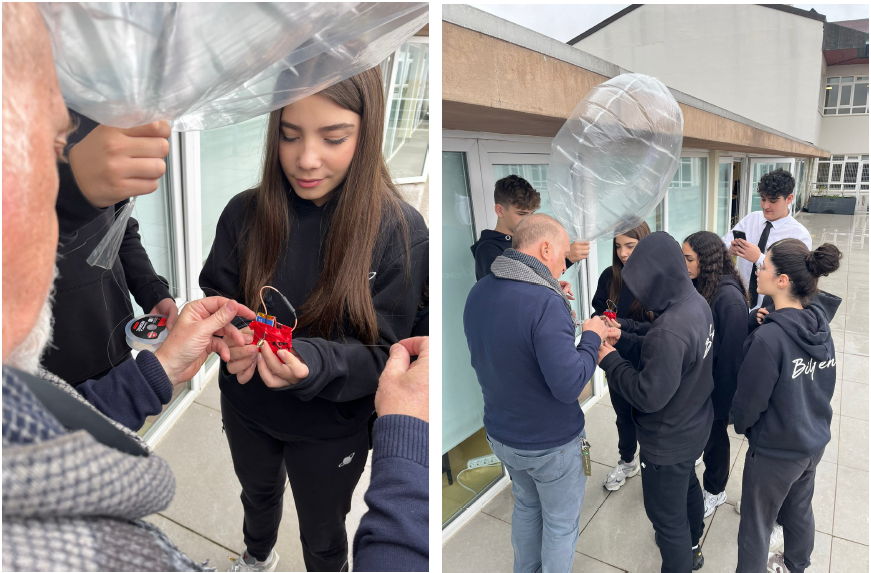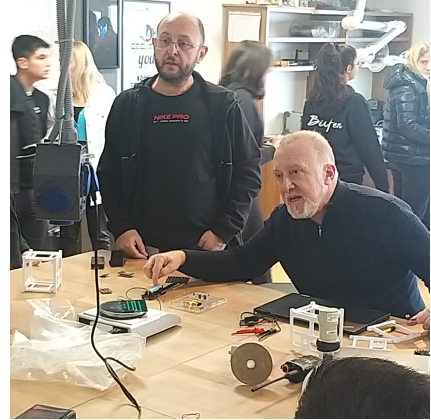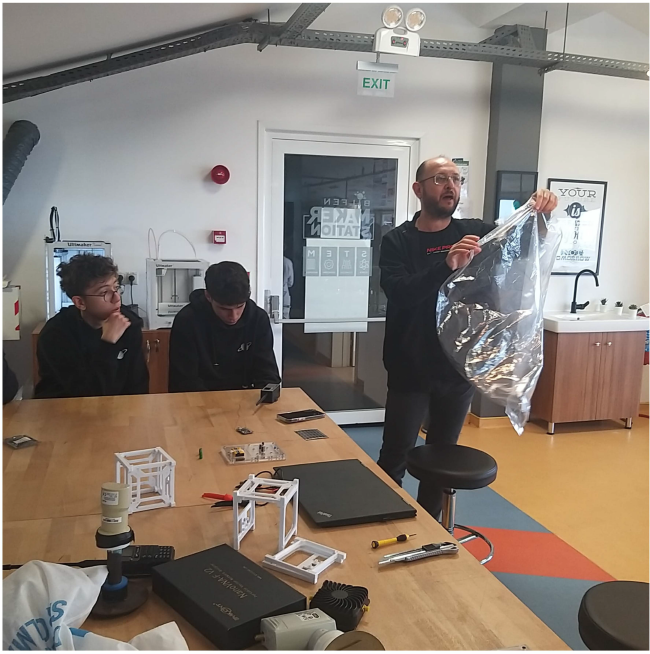AMATOR RADIO PICO BALLOON TRACKING
Pico balloons are lightweight plastic hydrogen or helium balloons which contain a lightweight amateur radio transmitter that are used for long duration ballooning. These types of research balloons can reach heights of ~60,000 ft. (18.000 meters) which allows for stratospheric access. These balloons are made out of Mylar film and filled with a precise amount of gas to achieve a stable float at such high elevation. The basic construction of these balloons includes flex solar cells, radio transmitter and the lifting gas inside of the Mylar balloon. Using off the shelf Mylar balloons has been developed and tested by amateurs. It’s not uncommon for flights to circumnavigate the globe. Use of long wavelength transmitters and repeater networks make possible near real time tracking around the planet. The principle challenges are keeping the payload at a light enough weight to be floated by the size of Mylar balloons that are commercially available, keeping the balloon at desired height, and transmitting data using a very low bandwidth link.
For detailed info about pico balloons:
For data collection LightAPRS trackers will be used and transmission power is about 500 mW
APRS signals are received by other amateur radio operators around the world and automatically registered in APRS-IS data base site.
Here are the links for APRS sites and balloon tracking:
All Amator Radio receivers picking up the particular transmitting callsign can be filtered and shown on a map. Also, as a table consisting of receiving amator stations and their distance in relative to transmitting station and signal strength.
Since the device has a very low wattage transmitter power of 500 mW in the 144 MHz VHF and 433 MHz UHF Band, it has no effect or harm to the environment.
Also balloons will leave Svalbard aerospace in 2-3 days.
Results and reports are published on a website open to amateurs around the world. The aim is to show amateurs all over the world the North Pole Shortwave propagation and to enable them to test their own stations and antennas, so the results are published in real time on the website.
https://amateur.sondehub.org/









